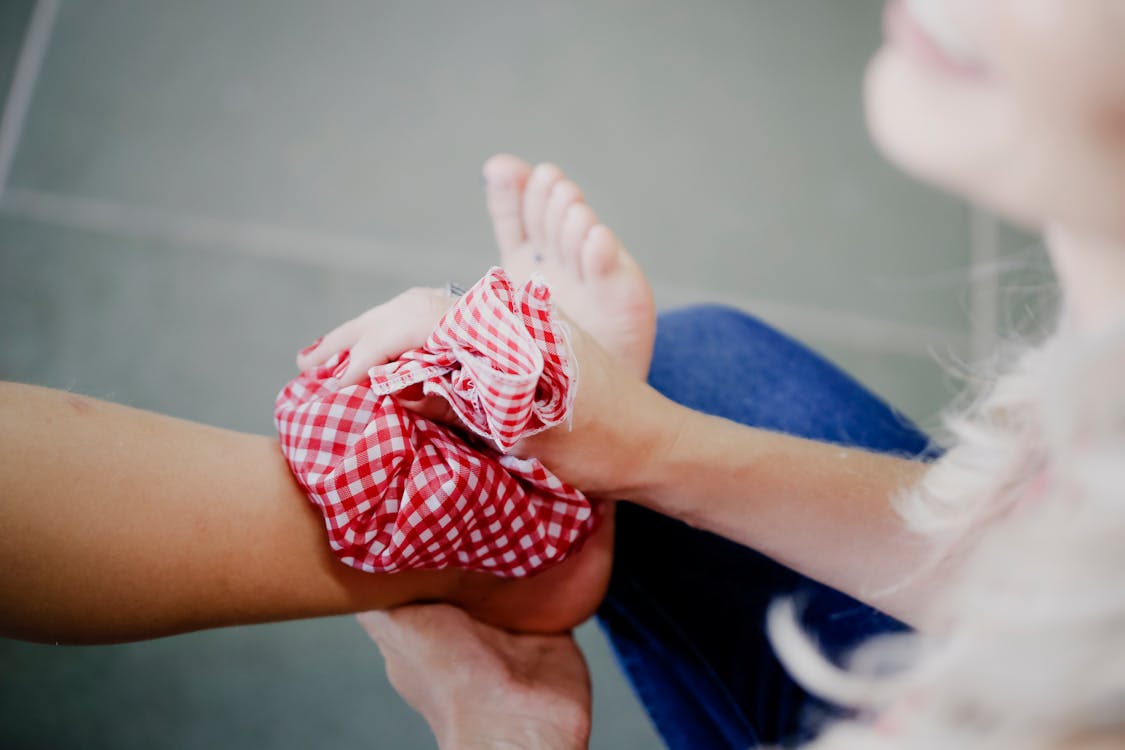Apr 6
2021
Accelerated Healing: What Is It? And How Do You Do It?

Life can never be 100 percent safe. (And believe it or not, that’s a good thing). And, for that reason, you will get injured at some point along the way. It’s practically inevitable.
Injury, though, takes you away from the rest of your life. You often have to spend all your time recovering instead of “getting out there” and doing the things that you want to do. And, frequently, medics will tell you that you have no choice. You just need to give the body time to repair – that’s all there is to it.
Financially speaking, reliable personal injury attorneys can help accelerate your monetary healing. But is there any way to accelerate your body’s biological healing processes?
Glad you asked. It turns out that there are. Here’s what to do:
Stop Smoking
Whenever you go for an operation, surgeons will tell you to stop smoking for a few weeks beforehand. They’re not saying this for the sake of it. They tell patients to do it because toxic compounds from cigarettes actually impair the body’s ability to repair itself.
Stopping smoking is a challenge. But it is one of the best ways to accelerate the healing process – perhaps by up to 20 percent.
Apply Compression
There’s a good reason medics apply compression to injuries: it helps to prevent excessive swelling. Thus, if you have an injury, wrap it in a bandage so that it’s reasonably snug. Don’t make it too tight as this can prevent blood flow to the region.
Elevate The Injury
The next step is to elevate the injury. Why does this help? Simple, really. It reduces pain and swelling and helps with drainage.
For limbs, elevation is relatively easy. However, if you have an injury to your torso, then it can be a little trickier. The best option here is to place a pillow underneath your hips or lower back to generate some additional elevation. Ideally, you want the site of the injury to be level with or above the heart.
Apply Ice
Medical professionals have known for decades that ice is one of the best ways to reduce swelling in the body. The reason? Well, it’s not quite what you think. In the past, researchers thought that it took the heat away from damaged areas of the body – and it does do this. But it turns out that applying cold to the body encourages it to behave more youthfully. So cells go into repair overdrive mode, jettisoning damaged elements and restoring them with new ones.
Get A Range Of Motion
Part of any rehabilitation is achieving a large range of motion. After an injury, everything can start seizing up, leaving you feeling tight. But you can reverse this using motions recommended by your physio.
Usually, they’ll get you to perform yoga-like exercises. Things like pulling your knees tightly to your chest or slowly rotating your shoulder joints.
Ultimately, the goal is to strengthen all of the supporting muscles to improve balance, reflex control, and to encourage more suppleness in the damaged tissue.